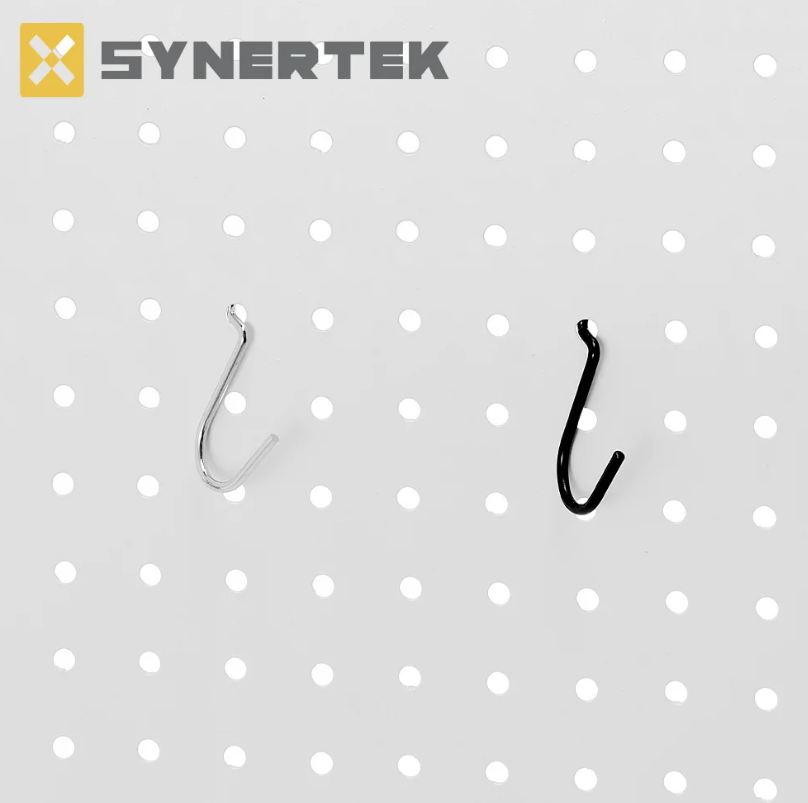Hastelloy Alloy Plate Overview and Applications
4 min readDid you know that Hastelloy alloys can withstand extreme temperatures and corrosive environments? These remarkable materials are essential in industries like aerospace, chemical processing, and oil and gas. The Hastelloy alloy plate is a game-changer, offering durability and reliability where other metals fail.
Choosing the right alloy plate can significantly impact your project's success. With their unique properties, Hastelloy plates provide excellent resistance to pitting and oxidation. This makes them ideal for challenging applications. Understanding their benefits will help you make informed decisions. Dive into the world of Hastelloy alloys and discover how they can elevate your projects and ensure longevity.
Key Takeaways
-
Hastelloy alloy plates are known for their exceptional corrosion resistance, making them ideal for harsh environments in industries like chemical processing and aerospace.
-
Familiarize yourself with the different types and grades of Hastelloy plates to choose the right one for your specific application needs.
-
The key features of Hastelloy plates include high strength, durability, and the ability to withstand extreme temperatures, which can enhance the longevity of your projects.
-
When selecting Hastelloy plates, consider the specifications and standards that apply to your industry to ensure compliance and performance.
-
Understanding the dimensions and finishes available for Hastelloy plates is crucial for proper installation and functionality in your applications.
-
Explore common applications across various industries to see how Hastelloy alloy plates can solve specific challenges you may face in your work.
Overview of Hastelloy Alloy Plates
Definition
Hastelloy alloy plates are high-performance materials primarily made from nickel-based alloys. These plates offer excellent resistance to corrosion and oxidation. Their unique composition makes them suitable for harsh environments.
Many industries utilize Hastelloy materials. Chemical processing, aerospace, and marine applications often rely on these alloys. The ability to withstand extreme temperatures sets Hastelloy apart from other materials.
Significance
Hastelloy plays a crucial role in industries that demand corrosion resistance and high-temperature stability. For example, chemical plants often face aggressive environments. Hastelloy alloy plates can handle the exposure to corrosive chemicals without degrading.
The durability of these plates enhances safety and efficiency in operations. Equipment made from Hastelloy lasts longer, reducing maintenance costs. This reliability is vital for industries where downtime can lead to significant losses.
Historical Development
The development of Hastelloy alloys began in the 1920s. Researchers aimed to create materials that could endure extreme conditions. The first commercial grades emerged shortly after.
In 1950, the introduction of Hastelloy C-276 marked a significant milestone. This alloy provided improved resistance to pitting and stress corrosion cracking. As a result, it became popular in various applications.
Over time, many Hastelloy plate suppliers have emerged. They offer a range of products, including Hastelloy C276 plates and sheets. Some suppliers also provide specialized options like C276 hastelloy alloy chequered plates and perforated sheets.
These advancements reflect the growing demand for reliable materials in challenging environments. Industries continue to innovate, seeking solutions that ensure operational efficiency.
Applications
Hastelloy C276 is widely used in different sectors. Its properties make it ideal for chemical processing equipment and pollution control devices. Other applications include:
-
Oil and gas production
-
Power generation
-
Pharmaceutical manufacturing
The versatility of Hastelloy allows it to adapt to various industrial needs. Many companies choose this alloy for its proven performance record.
Types and Grades of Hastelloy Plates
C22 Grade
C22 is a popular grade of Hastelloy. It contains a high percentage of chromium and molybdenum. This composition provides excellent resistance to pitting and crevice corrosion. C22 performs well in oxidizing environments and can handle reducing conditions too.
The chemical makeup includes about 22% chromium and 13% molybdenum. This combination enhances its durability. C22 is often used in chemical processing, pollution control, and pulp and paper production.
C276 Grade
C276 is another widely used grade. It features a strong resistance to stress corrosion cracking. The alloy consists of approximately 16% chromium, 15% molybdenum, and 4.5% tungsten. These elements contribute to its ability to withstand harsh environments.
C276 is ideal for applications involving hydrochloric acid, sulfuric acid, and other aggressive chemicals. Its versatility makes it suitable for oil and gas industries as well.
B-2 Grade
B-2 has unique properties that set it apart. This grade excels in handling reducing environments. It primarily consists of nickel, with around 28% molybdenum and no chromium. The lack of chromium makes it resistant to certain types of corrosion.
B-2 is often used in the chemical industry, particularly where hydrochloric acid is present. Its specific chemical composition allows it to perform well in severe conditions.
Hastelloy X
Hastelloy X is known for its strength at high temperatures. It contains about 47% nickel, 22% chromium, and 9% molybdenum. This combination provides excellent oxidation resistance.
This grade is commonly used in aerospace applications and industrial furnace components. The ability to maintain structural integrity under extreme heat makes it a preferred choice.
Selection Criteria
Choosing the right Hastelloy grade depends on several factors. First, consider the type of environment where the plate will be used. Some grades perform better in oxidizing conditions while others excel in reducing environments.
Next, evaluate the specific chemicals involved in your application. For example, C276 works well with aggressive acids, while B-2 handles hydrochloric acid effectively.
Finally, assess temperature conditions. Hastelloy X shines in high-temperature settings while maintaining strength and durability.
Understanding these criteria helps ensure that you select the most effective Hastelloy grade for your needs. Each grade has distinct properties that cater to different applications.
https://www.honglungroup.com/Hastelloy-Alloy-Plate.html
Honglun

